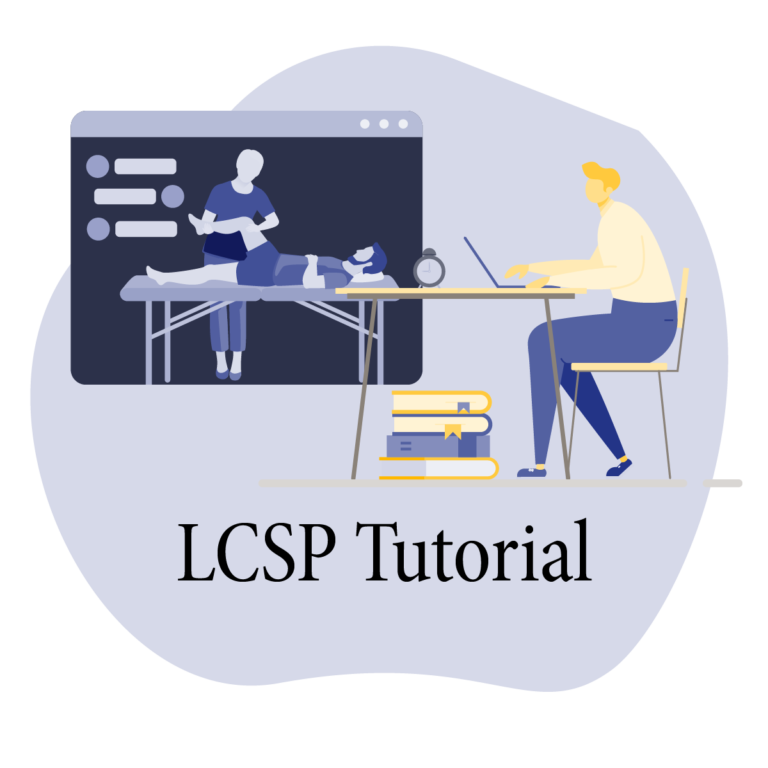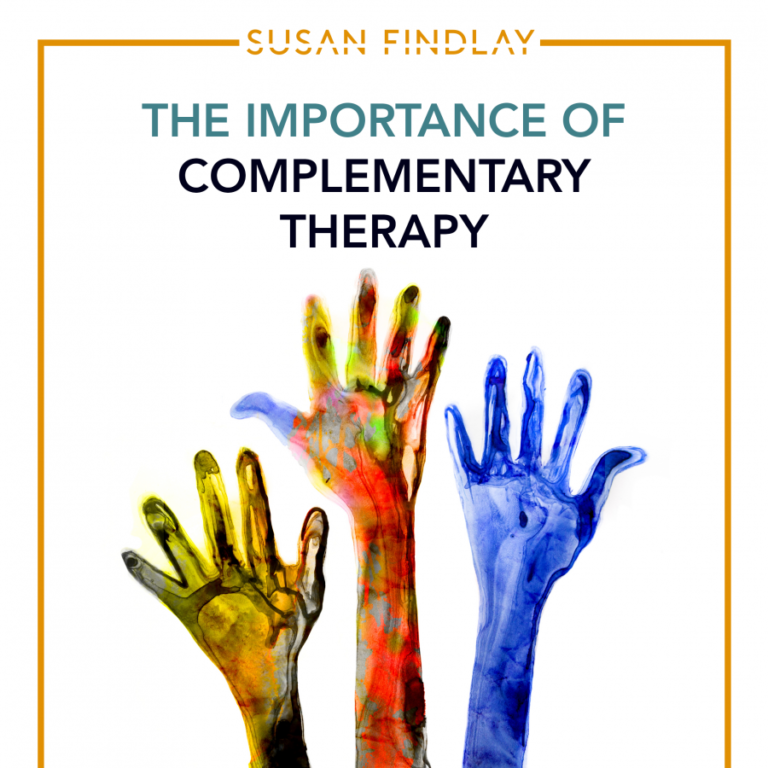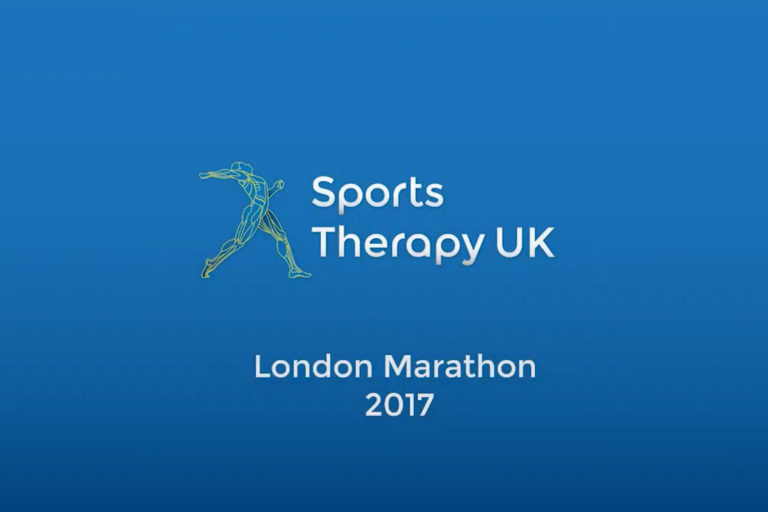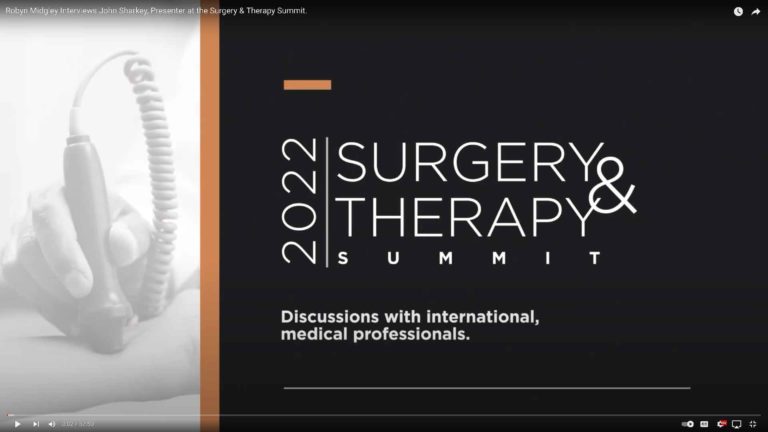Physical Scars and their emotional connections
The physical scars from trauma are a constant reminder of an event or series of events that created them. They tell a story – a story of survival. Let me tell you: there is always a story.
The story may be one of triumph over adversity. It may be a story of victory against the odds. For some people a physical scar is a mark of manhood, a rite of passage, a representation of having lived and conquered the unconquerable. For those people the scar is something to be admired and cherished. For others, the scar represents a story of defeat. A story of submission and failure. A story of danger and trauma, perhaps even a near-death event.
What’s the Problem?
There are so many different attitudes towards a person’s physical scarring. Sometimes those thoughts and feeling are very positive. Some of those surgeries were life saving procedures.
Scars can arise from so many sources. Sometimes these are accidental events – anything from a wound to the hand to an industrial accident; a motor vehicle accident, a knife or bullet wound. There are scars from burns. Scars from self-harm. Scars from surgical procedures – of which there are millions each year.
Source: https://truecostofhealthcare.org/admissions_data/
This data represents surgeries only within the US. This figure can be multiplied many times over for a worldwide estimate. As we know, scars never go away. They are there for life. So the number of scars is cumulative, year upon year.
This takes no account of the surgeries from self harm, accidents not requiring surgery and from other events. One must also consider here the negative effects of scarring:
Let me ask you: Do you have a scar from an ‘event’ such as a surgery or an accident?
Let me also ask you: How do you feel about that scar when you look at it or touch it? Do you feel an emotional response to that scar? Can you remember what happened for you to acquire that scar? What’s your story? There is always a story
Some people can describe with much detail how they received their scars. The time, the place, who was there, what happened. However, sometimes the conscious mind does not recall the events. This can happen when the trauma or surgery took place when they were an infant or perhaps when a person was rendered unconscious in the accident and upon wakening does not remember anything.
So what’s the problem?
The problem surrounds the mental attitude and emotions that can be felt when looking at or touching the scar or just by thinking about the events that surround the scar.
The physical scar may receive attention through post-surgical care – although this is also a neglected part of patient care in the real world. Post surgical care for scars is usually not offered, unless through private healthcare funding. Physical effects of scarring can be enormous and includes:
•Restriction in the movement of torso and extremities
•Altered sensation in tissues (Dysaesthesia, Paraesthesia, Anaesthesia, Hypoaesthesia)
•Neuropathic pain
•Lack of blood and lymph flow
•Changes in the texture of the tissue and skin
On occasion scar tissue may be so extensive that further surgery is required to ameliorate the problem. And if the physical effects seem widely ignored then the mental effects of physical scarring are often not even considered. This is certainly true for post-surgical scarring although scarring from trauma may receive more care and attention.
What kinds of scars may produce an emotional response? It seems ANY scar may produce an emotional response. Through experience I have identified some common surgeries that may create upsetting thoughts, feelings and emotional disturbances. These include, but certainly are not limited to:
• Cesarean section (emergency or planned)
• Hysterectomy
• Mastectomy
• Amputations
• Knife or bullet wounds
• Burns
• Scars from self-harm
What are some of the typical emotional responses from having such scars? These may include but are not limited to:
• Low self-esteem
• Sleep disturbances
• Loss of libido/sex drive
• Anxiety, depression
• Anger
• Fear
• Self-loathing / self-image problems
• Feeling as if the body is ‘disconnected’ in some way
• Reactions similar to the effects of Post Traumatic Stress Disorder (PTSD)
Over time the negative emotional impact can heighten. Patients may feel a dislike of their scar, become repulsed by it, dislike showing the scar in public and may begin to self-isolate due to the visual appearance. The scar can interfere with relationships. Scars from lower pelvic surgeries can produce pain that makes sexual intercourse painful or not even possible. Scars from mastectomies may affect a woman’s self image and feelings of femininity.
Scars can create many immediate and long-term impacts on both the physiology and the psychology of the patient. Interestingly some patients do not recognise that there is any emotional disturbance until treatment commences. The emotions are buried so deeply that they are not consciously aware of negative feelings toward the events that created their scar. Once treatment is underway it can reveal long-forgotten thoughts and details that occurred at the time of tissue injury. Emotional pain and trauma can quickly surface.
This raises an intriguing question: Would changing the physical appearance, feel and texture of the scar change the psychology and emotional attitude towards that scar and the events that created it?
Change the scar – change the effects
As a physical therapist I could see in my patients that scar tissue affected the physiology of the tissue and the bio-mechanical functionality of their body. As reliable methods of treating scar tissue were lacking I decided to develop my own method of scar tissue treatment. Over a few years I developed a reliable and efficient method of treating scar tissue. This method results in helping to normalise the feel of the texture of the tissue, the subjective feel of the scar and in some cases an improvement in the visual appearance (although that tends to be less of a priority to the physiological changes that I am seeking to achieve). This treatment is performed through manual, hands-on therapy work, directly to the scar itself and underlying tissues affected by the trauma of the skin being punctured.
In the process of helping the physiology of scar tissue I also noticed a very profound change in the psychological and emotional well-being of the patient. This was an unexpected response as I had never considered emotional changes would occur due to changing the physical feel and appearance of the scar. But, like a patient who experiences long-term chronic pain, they can become depressed by their pain. They may be treated for depression and anxiety because of unrelenting pain. However this depression and anxiety can quickly lift when their pain subsides. Their emotional state can quickly change.
So it should have come as no surprise to me that emotional attachment to the scar could (and did) change once the physiology changed. I do not think it an overstatement to say there have been some truly remarkable life-changing events happen to patients as a result of addressing their scars. These life-changing events are not occasional occurrences. They happen with great regularity. I will mention just three of such cases that typify the responses obtained through addressing the physical scars:
Case 1: Female aged 54 years. Attended clinic for upper back and neck pain. I observed a scar approximately 4 cm long in the left upper back. I enquired as to the cause of the scar. “My sister did it to me when we were teenagers.” The story revealed that her sister had actually stabbed her in the back with a knife. The story of her ongoing relationship with her sister over the past decades unfolded and it was obvious that she and her sister still did not get along. I treated the scar. After approximately 10 minutes of work the scar changed. The client felt the area and reported it was quite soft and sensation had returned to the area. Next week the client attended my clinic. She said her neck and upper back pains were much better. She then related of how, a few days after the scar treatment with me, she had phoned her sister. They got together and talked about those events so long ago. The client now feels she has begun the repair of the long-term damage to their relationship and is hopeful of a better relationship with her sister in the future.
Case 2: Female aged 35 years. Attended clinic for lower back pain which she believed was being caused by her C-section scar some 15 years ago. It was an emergency section. She confirmed there was no emotional connection with the scar. Upon commencement of treatment there was an emotional release – crying and sobbing. When the client calmed herself she started to reveal her story: All went well with the C-section even though it was an emergency procedure. The problem wasn’t the C-section itself – it was what happened two days after the delivery. Her husband left her. She realised that the scar represented the trauma of her husband walking out on her and er new born child. The scar represented the hate she felt for him. She had three treatments for the C-section scar. In that time she came to admit that she no longer felt hate for him and she she was actually glad he’d left her. She has a much better life now with her new partner and teenage daughter. Resentment and hate turned to acceptance and gratitude.
Case 3: Female aged 39 years. Scars on knees from two knee surgeries. The scars are considered by the client as being big and ugly (16 cm left knee, 18 cm right knee). Some parts of them are completely numb since the moment of the surgery and she cannot touch any part of the scars without feeling emotional. She completely dislikes the experience of touching them, and reports it makes her “cringe inside”. She experiences feelings of shame and embarrassment regarding the scars and recalls some dramatic episodes of her interaction with medical personnel during that particular time in her life. She also refuses to wear skirts or shorts that would reveal the scars to the world. During the treatment, the client felt the need to talk about her experience during the surgeries that happened decades ago. She also connected with the scars and talked about how the touch made her feel (really sensitive at first and numb on some parts where she didn’t have any feeling left). Overall, it was a very emotional experience for her, as she confessed that she never touched her scars with intention to do so. It was almost like this part of her body was non-existent. The most surprising outcome for the client was a feeling of mental/ emotional relaxation regarding the scars. She began to wear shorter skirts and stopped worrying about the way her knees looked like. She reported “It feels like something has changed inside me”.
Many women with C-section scars report a ‘disconnection’ within themselves – the lower half of the body not belonging to the upper half. Other people report this ‘disconnection’ with scars on their arms or legs. Some patients experience nausea or actual vomiting by touching their scars. The progressive deterioration of these emotions can lead to what may be described as ‘Post Traumatic’ type symptoms. Through many, many similar case studies it is quite obvious that when we improve the feel and texture of the scar the emotional feelings can change too.
When we improve the feel and texture of the scar we can change the emotional feelings too.
When the patient feels improvement and re-connects with an area of the body previously numb to the touch, rough, hard, fibrous and nodular then their attitude to that scar and the events that created the scar also begins to change.
The transition can be rapid. Within minutes, hours or days of the scar treatment the feelings and emotions can begin to evaporate.
Scars from self-harm
Scars from self-harm are an outward evidence of inner emotional trauma and turmoil. Scars are not the wound but symbolise the process of healing. When the body heals the mind can heal too.
Scars from surgeries (such as breast cancer) are seen as a triumph over the disease. Scars from self-harm are not perceived this way. They are not usually met with compassion but with a distrust of the subject who could be dangerous to others, even as they were dangerous to themselves. (Inside the Hidden World of Self Injury – Adler & Adler 2011)
Self-harm is seen as an abnormal practice, perhaps indicating mental illness. The social stigma attached to scars from self-harm often produces further negative emotions and the subject may feel ashamed of what they did to their bodies (Scars and Stigmata – Ganzevoort 2008). Subjects cover up their scars due to feelings of disgust and shame. Can MSTR® help? Let me share this example from a practitioner:
“I started working on a lady’s self harm scars this week. She prioritised two scars to start with, and was amazed with the effects which were almost immediate with regards to them both flattening out, and feeling much less sensitive. They were almost flush with the surrounding skin for the first time.
The shift in her mindset recently regarding how she sees her scars has been massive – from ugly and something to be hidden, to her scars being an important part of her body and a reminder of what she has come through; and the scar work is now helping support her with this too!
Her aim is to improve the appearance enough that she can get a tattoo done over he area – so that she doesn’t lose the scars but won’t have to suffer the reactions from other people who stare or make comments.”
n another example a subject who used cigarettes to burn their own arms were totally ashamed of their scars. They attended their practitioner’s office wearing a long sleeved shirt. After a couple of MSTR® sessions the subject then attended the clinic wearing a short sleeved shirt after being on public transport, with their arms in full view and feeling completely unashamed. A wonderful mental shift and transformation.
We have so many examples of people who no longer feel ashamed of showing their scars. No longer do they avoid touching or looking at their scars. No longer do they have inner turmoil and shame due to their scars. People can really begin to heal. Relationships can heal. Inner psychological wounds can heal. The connection to past events begins to recede. The trauma is being addressed.
Due to observing these changes with regular frequency I feel that, at least in part, the phenomena of helping those traumatised by the constant reminder of past events and those who feel stigmatised by society due to their physical scars should be studied and examined closely. These people can be helped by addressing the physical scar itself. This new method of scar tissue treatment could be used an adjunct to existing modalities for those suffering trauma where physical scarring has occurred.
“There is nothing new under the sun” and changing the physical body to affect the psychological is not a new idea. The rapid and reliable results obtained for the physical body also transfer to the emotional and psychological states with this scar treatment. There is no doubt that the psychological changes occurring due to the treatment of the physical scarring warrants further investigation. There is huge potential for improvement for the victims of trauma where physical scarring has occurred.
We have demonstrated some of the physical changes to scar tissue by pre and post ultrasound analysis. Please see our research results on C-section scars. The results of that researched showed a reduction of scar tissue by more than 30% with a single 15-minute treatment. Download our reports at: https://www.mcloughlin-scar-release.com/research-and-results
With MSTR® we have the potential to help many, many people suffering internally as they battle their thoughts, feeling and emotions due to their physical scars.
Not joined up yet?
There’s plenty of reasons to join the LCSP Register
Insurance Partners
Our dedicated team can tailor individual policies to suit your specific needs
Workshops
Keep your skills up to date with CPD Workshops and courses
Business Support
Advice tailored to working in the private sector
Find a Therapist
Our directory of therapists searchable by the general public
Welfare Officer
Supporting members who may have situations of difficulty where they need assistance, guidance or reassurance.






